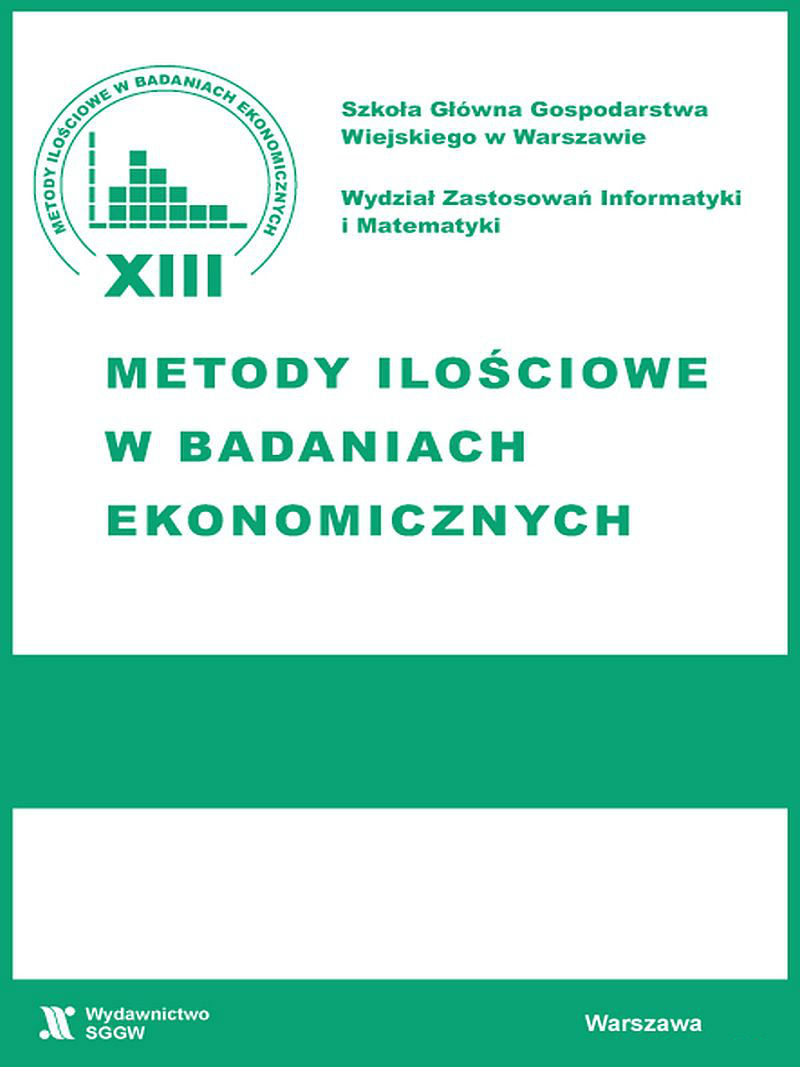OCENA POTENCJAŁU PAŃSTW UNII EUROPEJSKIEJ DO GENEROWANIA INNOWACJI
Z ZASTOSOWANIEM ANALIZY SKUPIEŃ
COMPARATIVE STUDIES ON THE INNOVATIVE POTENTIAL OF THE EUROPEAN UNION MEMBER COUNTRIES BASED ON THE CLUSTER ANALYSIS
Author(s): Elżbieta Roszko–WójtowiczSubject(s): Economy, Supranational / Global Economy, EU-Approach / EU-Accession / EU-Development
Published by: Szkoła Główna Gospodarstwa Wiejskiego w Warszawie
Keywords: cluster analysis; agglomerative methods; Mojena criteria; Wishart criteria; innovative potential; EU member countries;
Summary/Abstract: Under multidimensional data analysis researchers face the problem of grouping methods selection. The aim of the paper is to find the inner homogenic groups created by 28 EU member countries in relation to the selected characteristics describing the potential of economies to create innovations. The issue of clustering objects – countries was conducted with the use of Clustan Graphics software. Ten variables were selected from the Eurostat database in order to describe the potential of the EU member countries to create innovations. These were tested using nine hierarchical clustering methods. The Increase in Sum of Squares method and the Complete Linkage method seem to be the most appropriate for further discussion regarding cross-group analysis. The rest of tested methods do not seem suitable for deep analysis between the groups. This is mainly due to the tendency to form rather unclear clusters with the structure of long chains.
Journal: Metody Ilościowe w Badaniach Ekonomicznych
- Issue Year: XV/2014
- Issue No: 4
- Page Range: 121-136
- Page Count: 16
- Language: Polish

